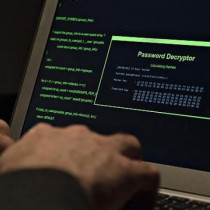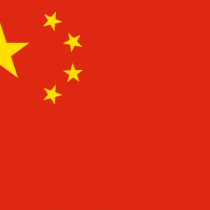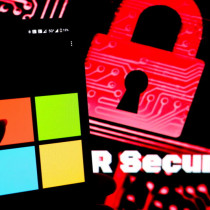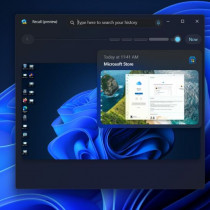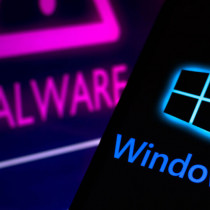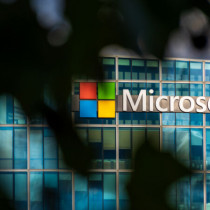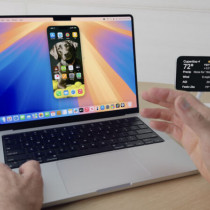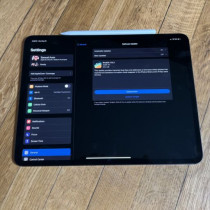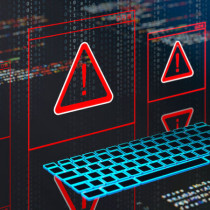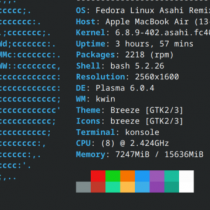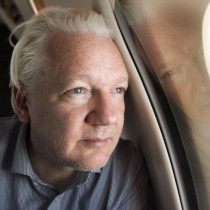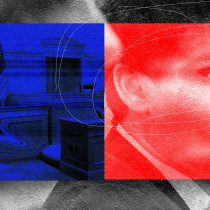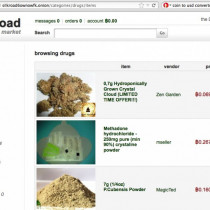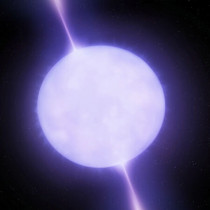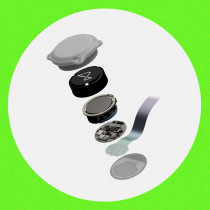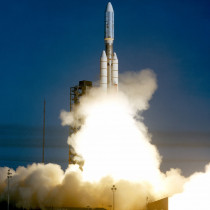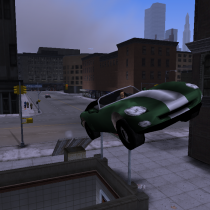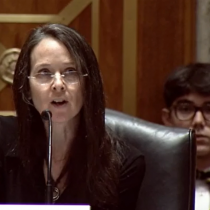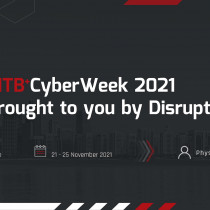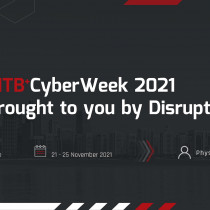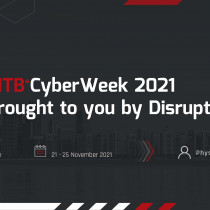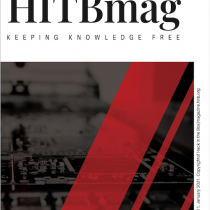Mandrake 9.1: A Free Desktop for Free People
I am familiar with Mandrake Linux and the GNU/Linux operating system, with an experience that goes back to May 2000, but I do not consider myself to be any kind of expert or advanced user by any means. (You can see more background in OfB.biz's Mandrake 9.0 review.)
I have been using Mandrake since the 8.2 version. I was a previous user of Red Hat (up to version 7.2), and Mandrake attracted me because it offered features such as the excellent font installer, the apt-get-like urpmi package manager, i586 optimization, a desktop focus with an excellent breadth and scope of packages, user friendliness without dumbing down the system, easy GUI administration tools but with the command-line in full force and readily available should one prefer it, and many other perceived advantages.
Thankfully, I was not mistaken. Mandrake 8.2, my first Mandrake installation, was my last GNU/Linux system installed on a dual boot basis with the laptop's previous Windows 98 Second Edition original setup; when I installed Mandrake 9.0, I finally decided to wipe out "the FAT" and get lean. This decision was based largely on my impression of Mandrake 8.2, which might be --even to this date-- the best out-of-the-box GNU/Linux distribution ever.
The next Mandrake release, Mandrake 9.0, promised substantial improvements but it was a flawed release with problems, some serious, some easy to fix, and almost all of them very annoying. (See the review for more details). The bulk of these problems could be attributed to poor quality assurance and a package selection that was inconsistent at its best.
Despite that, I hoped that this new release would be better than the previous. But the latest corporate troubles of MandrakeSoft SA and the drastic reduction of their workforce brought some doubts about the quality of Mandrake 9.1. Would Mandrake 9.1 be worse than 9.0?

